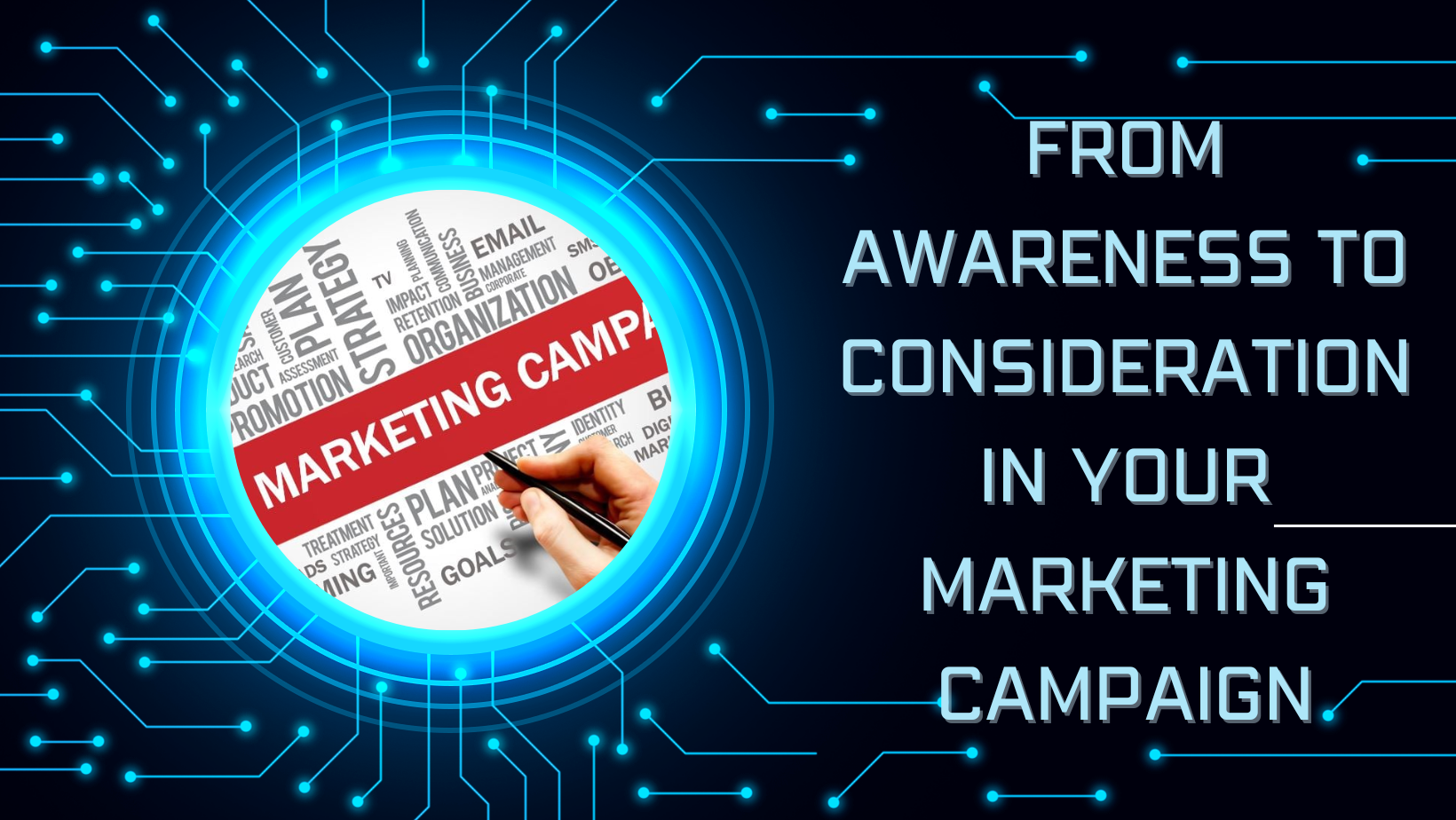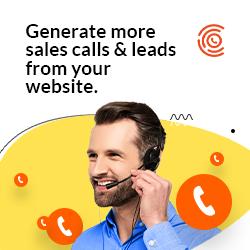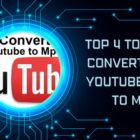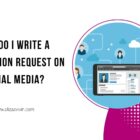Once your target audience has identified a problem and studied possible resolution options in the awareness stage, they move onto the consideration phase – where they assess your product or service as potential solutions.
Consideration stage content must help your audience identify your product as an attractive solution without coming off as pushy or aggressive. Furthermore, it should address specific queries (pricing being one such example) raised by their target market.
Content for the Consideration Stage
Your potential clients that you have made aware of your business have now entered the consideration phase, where they evaluate various solutions to the initial problem they identified in awareness stage. Your role during this step should be to aid these prospective clients by placing your products and services amongst their shortlist of possible resolution options.
Content used during the consideration stage should be educational rather than promotional in nature, since your prospects are looking for information that will help them evaluate their options and evaluate your products or services. Blog posts, Q&A videos, podcasts or white papers can all serve this purpose effectively.
At this stage, be careful to not oversell. If your content sounds too much like an infomercial, prospects could lose interest and move onto competing companies. Instead, position your company as a credible expert who understands their problems and can offer solutions that meet them – this shows empathy while building trust between audience members – an approach essential in turning prospects into customers. The ultimate aim of content for consideration stage content should be encouraging prospects to advance further down your buyer’s journey and convert leads.
Conversions at the Consideration Stage
At this stage, your prospects are making decisions on which companies might best meet their needs. Instead of trying to outsell competitors by making your offers more enticing than others, show empathy and guide their decision process by providing content that impartially educates them about potential solutions for their problem.
At this stage, it is an ideal time to reach out and engage leads through personal contact – such as demos or consultations – with prospective clients. Offering free trials can help familiarize prospective clients with your product. As long as your approach does not appear pushy or aggressive, most buyers at this stage are open to hearing more from you while considering all their options.
At this phase, one of the best ways to convert is through providing content that showcases the value and positive outcomes of your solution for clients. Case studies and testimonial videos are great ways of doing just this – visually engaging as well as quick ways for prospective clients to quickly learn about your company.
Buyers who are still considering options tend to worry that they are making a costly error in choosing the wrong provider, so they need reassurances that you understand their situation and can assist them in avoiding any missteps that could jeopardise their business or cost money.
Buyer Personas at the Consideration Stage
Once you’ve developed top-of-funnel content that captures people’s interest, the next step should be moving them from awareness to consideration. Your goal should be making their short list of potential solutions to their problem by creating plenty of educational and engaging material to show why your solution will solve their problems better than competitors.
Consideration-stage buyers are doing research into potential solutions to their issues and have numerous options at their disposal – blogs, videos, reviews, talking to their friends and engaging in communities are just some of their resources for gathering this knowledge. They’re taking note of price, features, benefits and how well your product fits their needs.
Note that leads in the consideration stage are still not ready for promotional content; don’t try pushing your product on them prematurely as this could make them not convert at this stage. Your content should explore all possible solutions to their problem while helping them evaluate all available solutions and consider their options objectively.
Help them do that by providing educational content such as product comparisons, guides or case studies. Tools like free trials are a great way of showing your value without seeming pushy; another effective strategy is audience segmentation which allows you to target specific groups within your audience with targeted offers tailored for each segment.
Outbound Marketing at the Consideration Stage
Consideration stage prospects have identified their problems and are ready to explore possible solutions. In this stage, your content should provide impartial education about all available approaches and methods they could use to address their situation, thus helping narrow their choices as they move into decision phase of buyer’s journey.
At this stage, the content you produce should position your products and services as potential solutions to buyers’ problems. But remember: they want to feel free to make their own decisions unimpeded by outside influence – to achieve this, strive to promote them in ways that feel natural to them.
This means avoiding overtly selling your product or service and instead emphasizing how it will benefit prospects in an indirect way. For instance, if your target audience is thinking about going back to school, writing an article outlining the advantages of online education would demonstrate your understanding of their needs as well as provide the ideal solution – building trust while ultimately turning them into customers.







